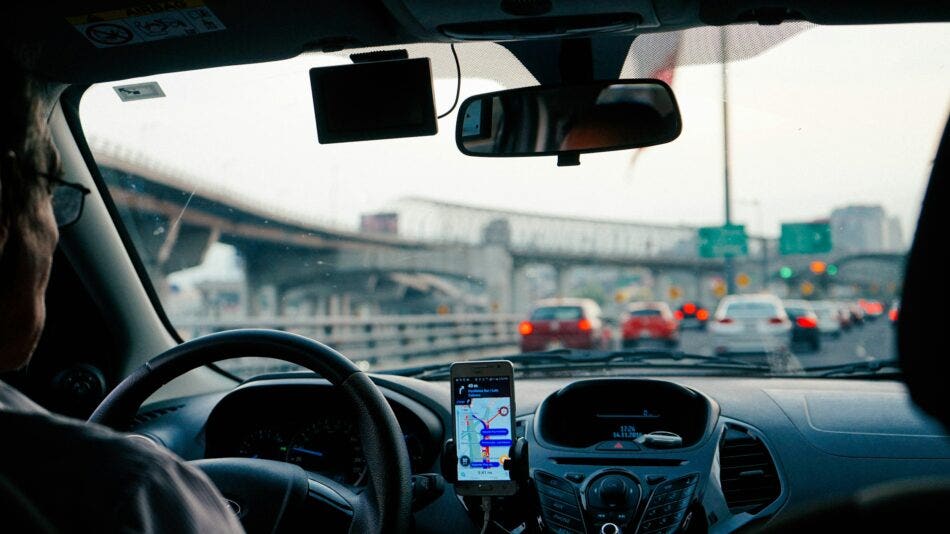Download an app set up an account put in where you want to go – and someone’s on the way to pick you up. It doesn’t come as too much of a surprise that ride-sharing apps such as Uber and Lyft have exploded in popularity. It’s easy fast ad convenient.
Becoming a driver is also appealing. Make money driving passengers working the hours and days that suit you best. You use your own vehicle so as long as it’s nice and driveable you don’t need to invest anything else.
But this simple concept hides a host of problems. First insurance. Did you know that driving for a ride-sharing company is likely not covered by your insurance if you’re involved in an accident with a paying passenger or on the way to pick up a customer? Should this happen you could be personally responsible for all medical costs due to injuries as well as vehicle repair and replacement costs—costs that can easily skyrocket quickly. Therefore a ll ride-share drivers need to carry commercial vehicle insurance to be protected.
Lauren Altmin a representative of Uber says all drivers must be licensed pass a criminal background check and have their own insurance coverage on their vehicles. But what most current and would-be drivers don’t realize is that a personal car insurance policy is insufficient.
To make sure that you don’t jeopardize your own coverage or risk a future rate increase check your current auto insurance policy or talk to your broker. If the policy covers (or specifically excludes) driving for hire then you will have no insurance coverage for you your car or any passengers should you opt to drive for a ride-share company.
Luckily many insurers now provide coverage for ride-sharing drivers. Your broker can help you navigate ride-sharing and commercial auto insurance.

